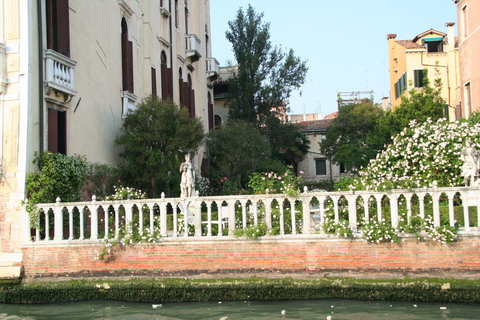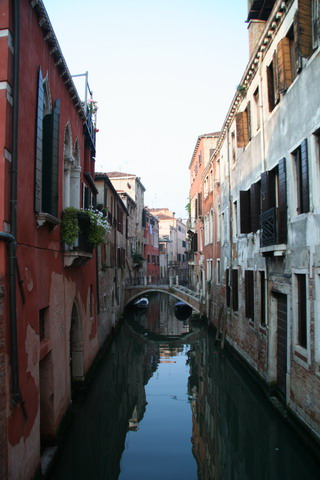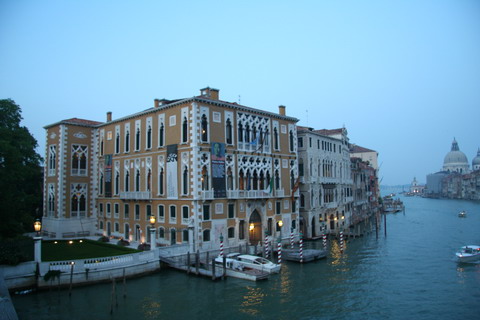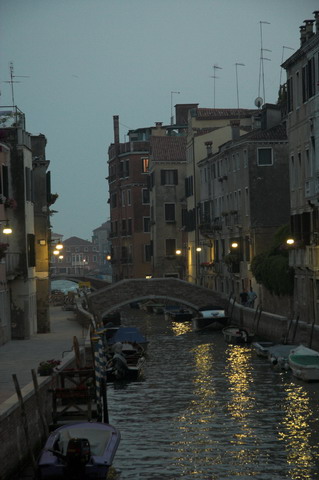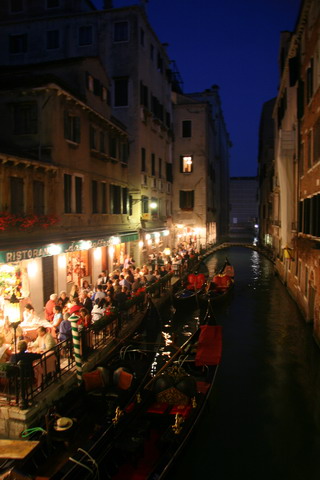
Built in the eighth century for the Doge, nowadays is the proof of the Venetian colonial expansion as it's been built with all the materials brought from Turkey. Saint's relic comes from East as well.
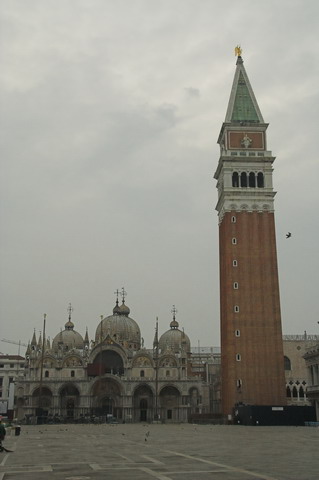
The Bell Tower was built again "where and how it was" after its collapse in 1902
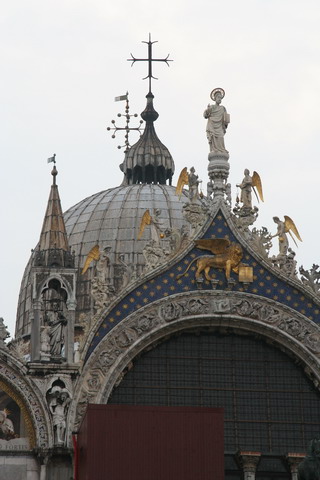
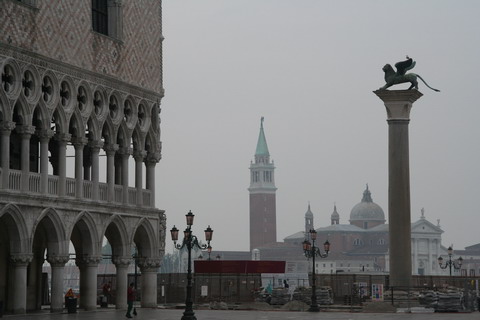
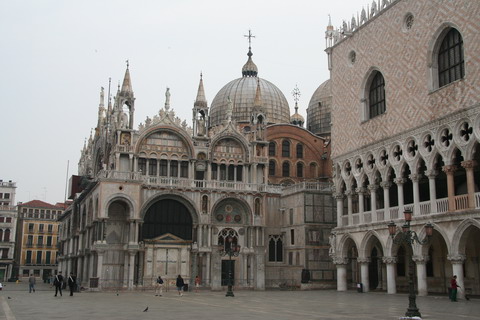
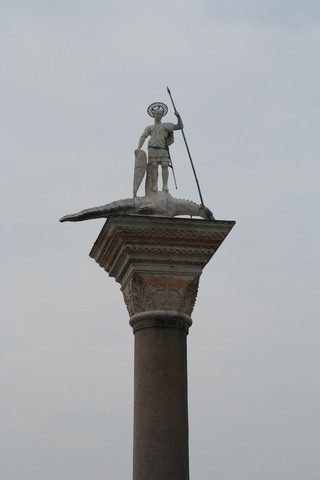
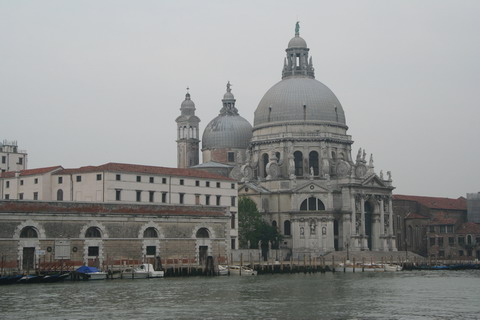
The plague of 1630 had killed around 47,000 people (a third of Venice's citizens, with 595 deaths per day). On 22nd October 1630, the Doge Nicol Contarini promised to build a magnificent church if the plague ended. The following year, the plague stopped (not sparing the Doge), the Serenissima kept its promise and commissioned a majestic church on the opposite side of the Grand Canal from St. Mark's, near the Punta della Dogana.
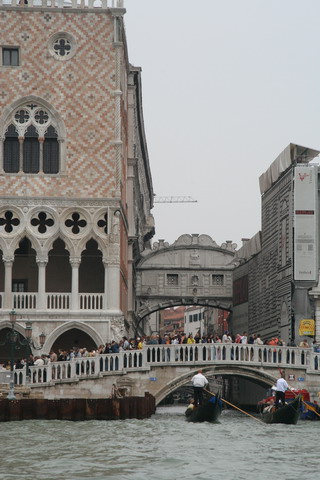
Antonio Contino's bridge over the Rio di Palazzo was erected in the year 1600 to connect the Doge's prisons with the inquisitor's rooms in the main palace. The name "Bridge of Sighs" was invented in the 19th Century, when Lord Byron helped to popularize the belief that the bridge's name was inspired by the sighs of condemned prisoners as they were led through it to the executioner. (In reality, the days of inquisitions and summary executions were over by the time the bridge was built, and the cells under the palace roof were occupied mostly by small-time criminals.)
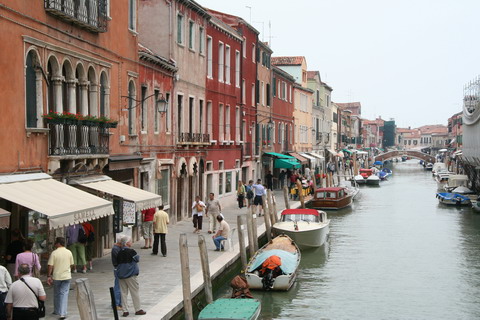
The Murano was a commercial port in the 7th Century, and by the 10th Century it had grown into a prosperous trading center with its own coins, police force, and commercial aristocracy. Then, in 1291, the Venetian Republic ordered glass makers to move their foundries to Murano because the glassworks represented a fire danger in Venice, whose buildings were mostly wooden at the time.
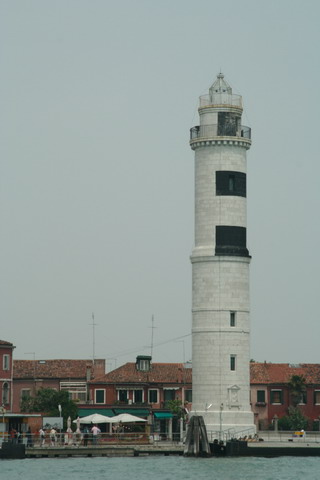
The glass makers were the only people in Europe who knew how to make a mirror. They also developed or refined technologies such as crystalline glass, enameled glass, glass with threads of gold (aventurine), multicolored glass (millefiori), milk glass (lattimo), and imitation gemstones made of glass. Their virtual monopoly on quality glass lasted for centuries, until glass makers in Northern and Central Europe introduced new techniques and fashions around the same time that colonists were immigrating to the New World.

It was built with the materials imported from the colonies of the Venetian Republic but during the Renaissance the building had been changed with the construction of the impressing "Giants' Stair", made by Antonio Rizzo or with the Lombardo's decorations.

Church was dedicated to the homonym Saint by Mois� Venier who took charge of rebuilding it in the Middle Ages. Nevertheless, as the facade shows, the church suffered many changes in the baroque age. The project of the facade is by Tremignon.
